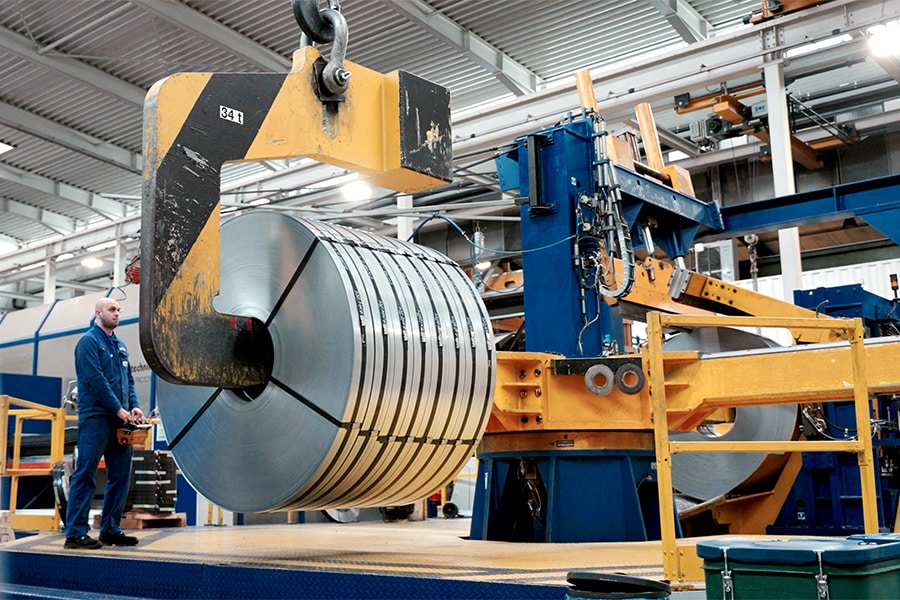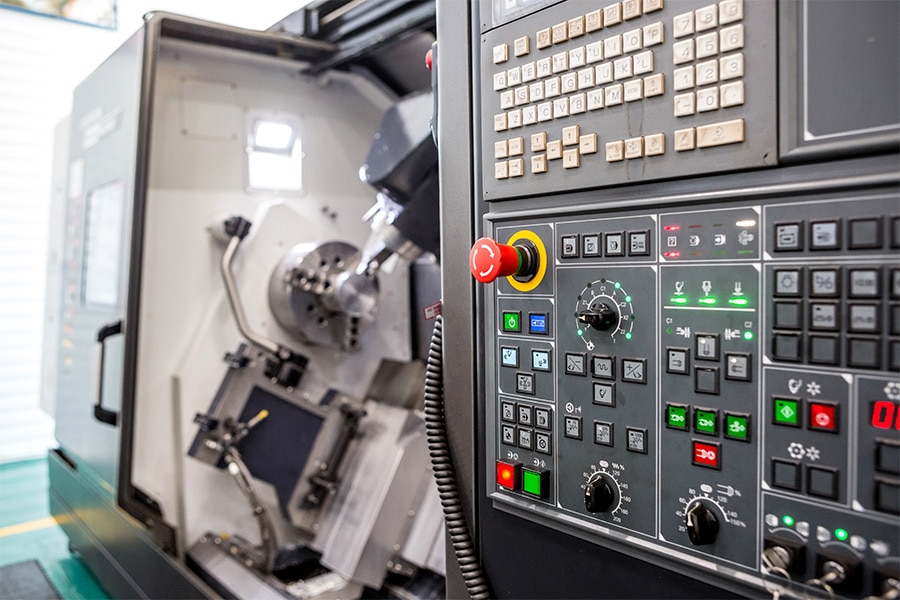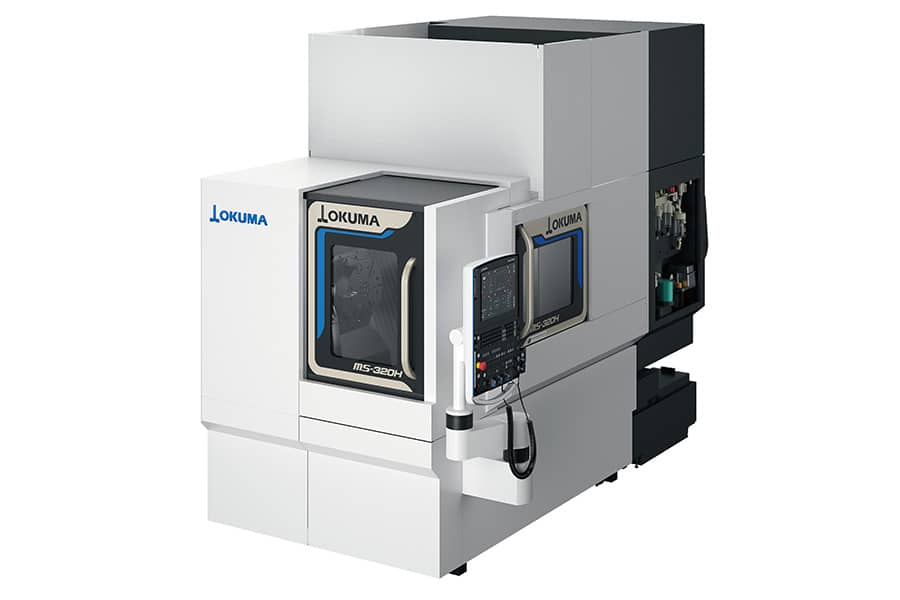
The importance of deburring
Whatever industry you supply to, it's important to deliver accurate products. When it comes to metal parts, you must be able to rely on your machine tools to deliver products with consistent quality that keep customers happy. Sharp edges on your metal parts can prevent proper product operation for a customer, damage machinery and even cause injury to anyone handling the pieces. By deburring, you can avoid these problems and ensure that your products continue to deliver top performance. In this article, we look at why deburring is important and how it can save time and money.
Deburring is a critical process in metal and steel fabrication. During machining processes, such as bending, welding, casting, stamping or cutting, burrs can form. Compare it to a splinter on a piece of wood. Burrs are raised, sharp or jagged pieces of material on a workpiece that affect the quality, life and performance of the part. These burrs can make it harder for parts to function properly by affecting their ability to withstand pressure, stress or strain. Deburring is the removal of these sharp burrs and imperfections to create a better-looking and safer product. It reduces friction between workpieces and machines, improves their aesthetics and longevity, and makes them easier for operators to handle.
The benefits of deburring
Deburring your workpieces and equipment improves overall safety in your business, especially for your employees, operators and customers. From manufacturing to transportation and assembly, removing burrs reduces the risk of cuts. Deburring also keeps other machines and tools from being damaged. When your materials and workpieces are deburred before they pass through the next step in the manufacturing process, there will be no sharp edges that can snag on other machine parts. Deburring also makes machines and tools much less susceptible to wear and tear and protects them from burr damage for longer. As a result, products look better and paint and other coatings can adhere better to the surface. A higher-quality finish, in other words.
What if you don't remove blackberries?
Burrs can cause injuries and thus carry the risk of potential liabilities. In addition, they make the machining process more difficult and unreliable. Burrs can prevent your workpiece or part from staying in the right place for a fixture or cause inaccurate measurements. If you leave burrs in place, they can also cause thread gauges and plugs to not fit properly, leading to rejected parts and failures with other materials. Even if a part with burrs fits correctly, it can cause the piece to fail or function erratically. Anything that may end up rubbing against the burrs on the edge of a part may cut in or be damaged over time without the user's knowledge.
Why machine deburring
There is no question that deburring is an effective way to keep your metal pieces smooth. However, operators can use many different methods to get rid of those rough edges. Manual methods require a lot of physical labor. It will take longer to finish the pieces, which can slow down the production process. With automatic deburring, you can speed up this process and get consistent, reliable and accurate results every time. Automatic deburring increases speed, process control and efficiency, making it easier to maintain safety and eliminate sharp edges that can cause injury. Deburring with automated machines also improves the fit and finish of your parts in a shorter time than manual processes.



